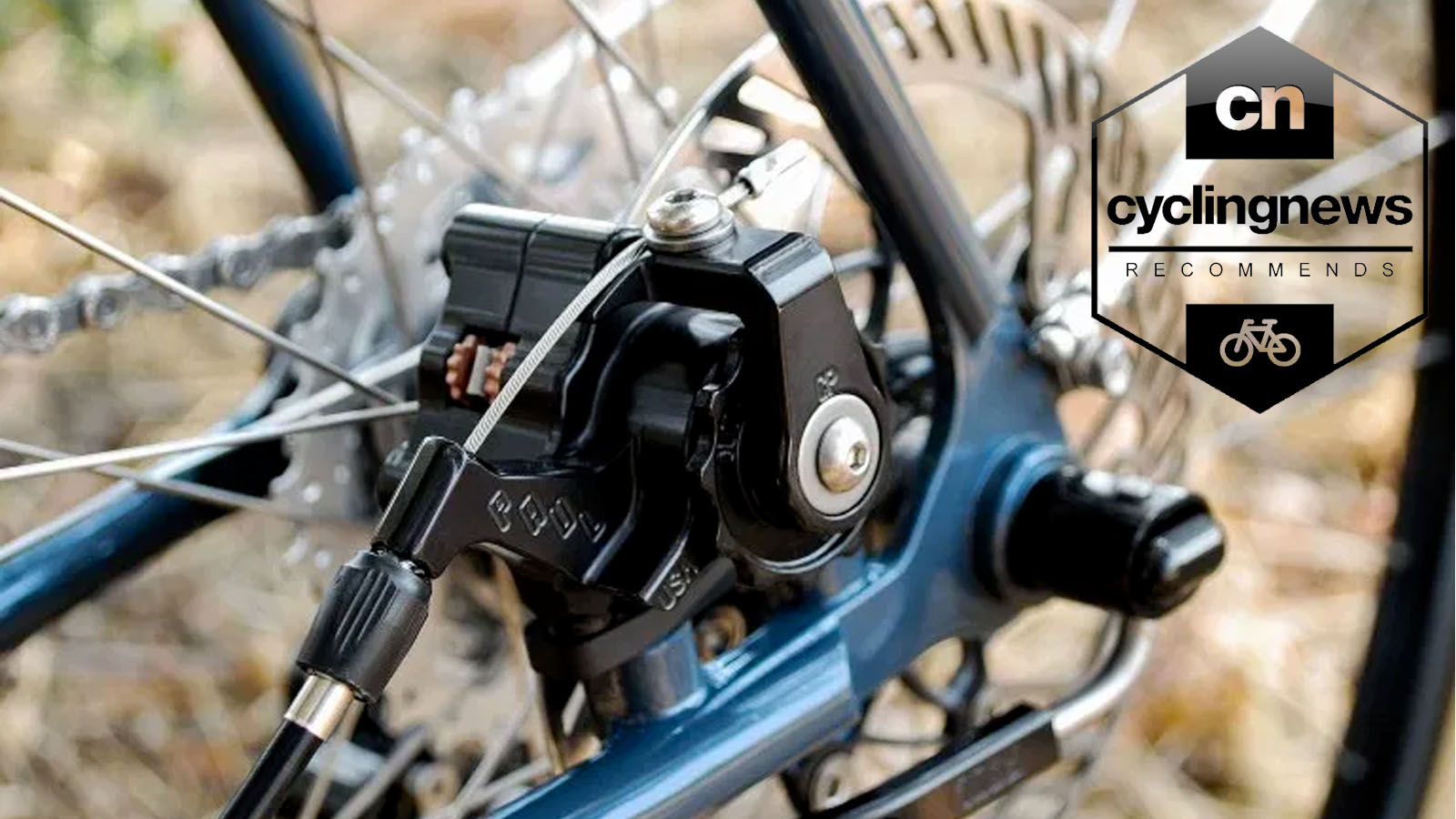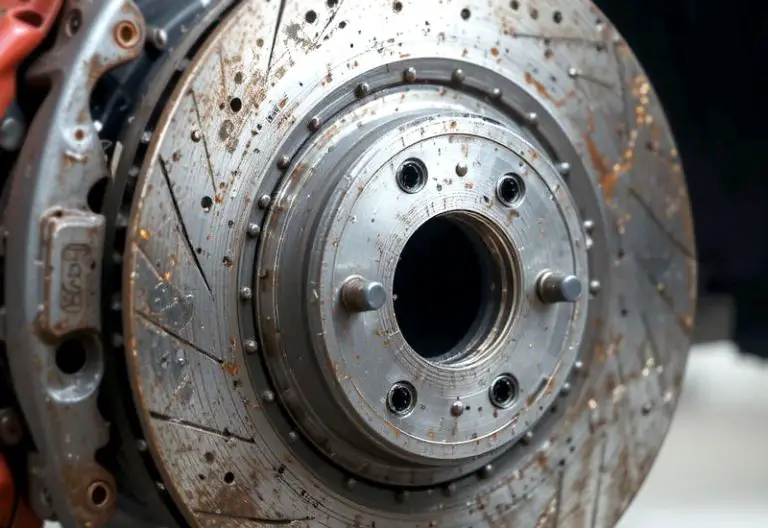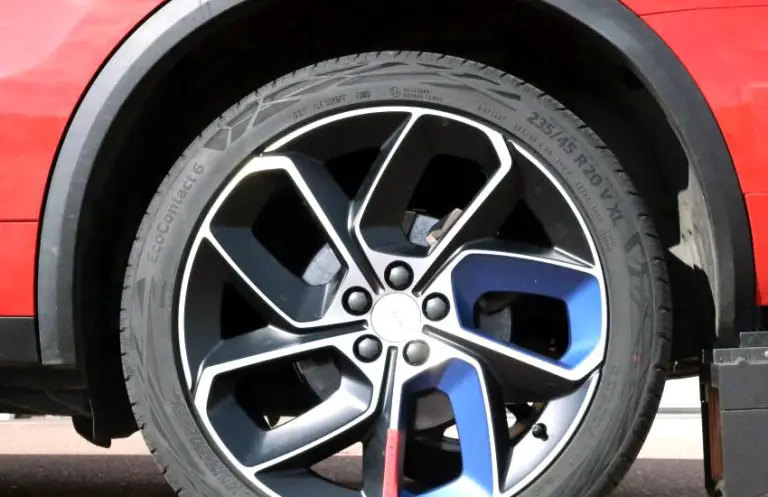Yes, brake calipers can be installed backward, but it should be meticulously avoided as it can lead to serious safety hazards and performance issues. Brake calipers are designed in a specific orientation to properly align with the brake pads and rotor for effective braking.
Incorrect installation can result in reduced braking power, uneven wear on the brake pads, and potential damage to the braking system. It is crucial to follow the manufacturer’s guidelines and ensure proper installation to maintain optimal safety and performance of the vehicle’s braking system.
Professional installation or guidance from a qualified mechanic is advisable to prevent any potential risks associated with backward installation of brake calipers.

Credit: www.cyclingnews.com
What Are Brake Calipers?
Brake calipers are crucial components of a vehicle’s braking system, responsible for slowing down or stopping the vehicle when necessary. They play a vital role in ensuring safety on the road by exerting pressure on the brake pads to create friction against the rotor, leading to deceleration.
Function Of Brake Calipers
Brake calipers are key in converting hydraulic pressure into mechanical force, as they clamp down on the brake rotor when the brake pedal is pressed.
Types Of Brake Calipers
- Fixed Calipers: Bolted directly to the suspension, providing excellent braking performance.
- Floating Calipers: Move laterally to apply pressure, simpler in design and cost-effective.
- Sliding Calipers: Feature pistons only on one side, exerting force on both pads simultaneously.
Installation Of Brake Calipers
The installation of brake calipers is a critical aspect of maintaining a vehicle’s braking system.
Importance Of Proper Installation
Proper installation of brake calipers ensures optimal braking performance and safety on the road.
Step-by-step Installation Guide
- Loosen the lug nuts using a wrench.
- Jack up the vehicle and remove the wheel.
- Locate the brake caliper and bolts for removal.
- Remove the caliper bolts and old caliper carefully.
- Inspect the caliper for any damages or wear.
- Position the new caliper correctly and secure it with bolts.
- Reinstall the wheel, lower the vehicle, and tighten the lug nuts.
- Test the brakes to ensure proper functioning.
Possible Consequences Of Installing Brake Calipers Backward
Incorrectly installed brake calipers can lead to significant issues such as brake failure, uneven brake pad wear, and reduced braking efficiency. It is crucial to ensure proper installation to maintain vehicle safety and performance.
Uneven Brake Pad Wear
If you install brake calipers backward, it can lead to uneven brake pad wear. Uneven brake pad wear occurs when one side of the brake pad wears down faster than the other side. This happens because the caliper is designed to apply equal pressure on both brake pads, causing them to wear evenly. However, installing the calipers backward can result in uneven pressure distribution. The brake pads on one side will receive more pressure and wear out quicker than the pads on the other side.
Reduced Braking Performance
Installing brake calipers backward can also result in reduced braking performance. When the calipers are installed correctly, they exert equal force on both brake pads, allowing for optimal braking power. However, when calipers are installed backward, the force distribution becomes imbalanced. This imbalance can lead to reduced stopping power and longer stopping distances. Furthermore, the incorrect installation can negatively impact the hydraulic system, causing brake fluid leaks or insufficient fluid pressure.
Signs Of Incorrect Brake Caliper Installation
Improper brake caliper installation can lead to severe safety risks and affect the performance of your vehicle. It’s important to be aware of the signs of incorrect brake caliper installation to ensure your safety and the well-being of your vehicle.
Squeaking Or Grinding Noises
Squeaking or grinding noises when you apply the brakes could be indicative of incorrect brake caliper installation. The misalignment of the caliper can cause the brake pads to make contact with the rotor unevenly, resulting in these auditory warnings. If you notice such noises, it’s essential to have your brake system inspected by a professional mechanic promptly.
Vibration Or Shaking When Braking
When vibration or shaking can be felt through the steering wheel or brake pedal while braking, it could signify incorrect brake caliper installation. This issue can occur when the caliper is not properly aligned, leading to uneven pressure on the brake pads and rotor. Addressing this problem in a timely manner is crucial to prevent potential damage to the brake system and ensure safe driving conditions.
How To Verify Correct Brake Caliper Installation
When it comes to ensuring your vehicle’s safety, verifying correct brake caliper installation is crucial. Incorrect brake caliper installation, such as installing them backward, can result in severe safety hazards and compromised braking performance. To ensure your brake calipers are installed correctly, follow these essential inspection and testing methods.
Visual Inspection
One way to verify correct brake caliper installation is through a visual inspection. When the brake calipers are installed correctly, the bleed screw should be positioned at the top of the caliper. Inspect the positioning of the caliper and ensure that it is aligned properly with the brake rotor. Any misalignment or irregular positioning can indicate incorrect installation. Additionally, make sure that the brake pads are in contact with the rotor and not misaligned due to improper caliper installation.
Testing Braking Performance
Another critical method to verify correct brake caliper installation is by testing the braking performance. After installation, test the braking system to ensure smooth and responsive braking. Any signs of unusual noises, vibrations, or difficulty in braking may indicate incorrect caliper installation. Pay close attention to any pulling to one side when applying the brakes, as this can be a telltale sign of improperly installed calipers. Additionally, check for any unusual heat or smell coming from the brakes during or after braking, as these could be symptoms of incorrectly installed calipers.

Credit: www.amazon.com
Common Mistakes To Avoid During Installation
During the installation of brake calipers, it is crucial to avoid certain common mistakes that can result in poor performance and even potential safety hazards. By familiarizing yourself with these errors, you can ensure a proper installation and optimize the functionality of your brake system. Let’s explore two key mistakes that should be avoided:
Not Cleaning The Caliper Mounting Surface
One common mistake made during brake caliper installation is failing to clean the caliper mounting surface properly. It’s essential to ensure that this area is free from dirt, debris, and any remnants of rust or old brake parts. Effective cleaning of the mounting surface promotes a secure and stable attachment of the caliper, which is crucial for proper brake function.
To clean the caliper mounting surface, follow these steps:
- Lift the vehicle and secure it using jack stands, ensuring safety precautions.
- Remove the wheel to access the brake caliper.
- Inspect the mounting surface for any signs of buildup or damage.
- Using an appropriate cleaning agent, remove any dirt, grime, or rust from the mounting surface.
- Dry the cleaned area thoroughly to prevent moisture-related issues.
Using Incorrect Tools
Another common mistake to avoid is using incorrect tools during the brake caliper installation process. Using the right tools ensures accurate and secure installation, reducing the risk of damage or improper fitment. Here are some important tools you should have on hand:
| Tool | Purpose |
|---|---|
| Socket wrench | To remove bolts and fasteners |
| Torque wrench | To apply the proper amount of torque |
| C-clamp | To compress the brake caliper piston |
| Wire brush | To clean mounting surfaces |
Ensure you have the appropriate tools readily available to perform the installation correctly. By using the right tools, you can ensure a well-fitted and secure brake caliper, reducing the risk of issues related to improper installation.

Credit: www.shopownermag.com
Conclusion
Installing brake calipers backward can have serious consequences for the performance and safety of your vehicle. It can lead to uneven braking, decreased stopping power, and even potential damage to the brake system. Therefore, it is crucial to ensure that brake calipers are installed correctly to ensure optimal functionality and prevent any accidents on the road.
Always consult a professional mechanic if you are unsure about the correct installation process.


